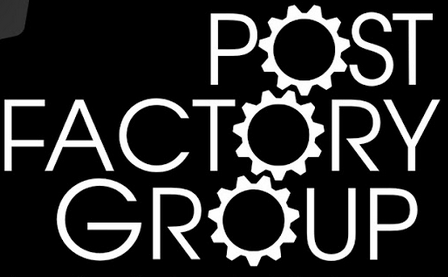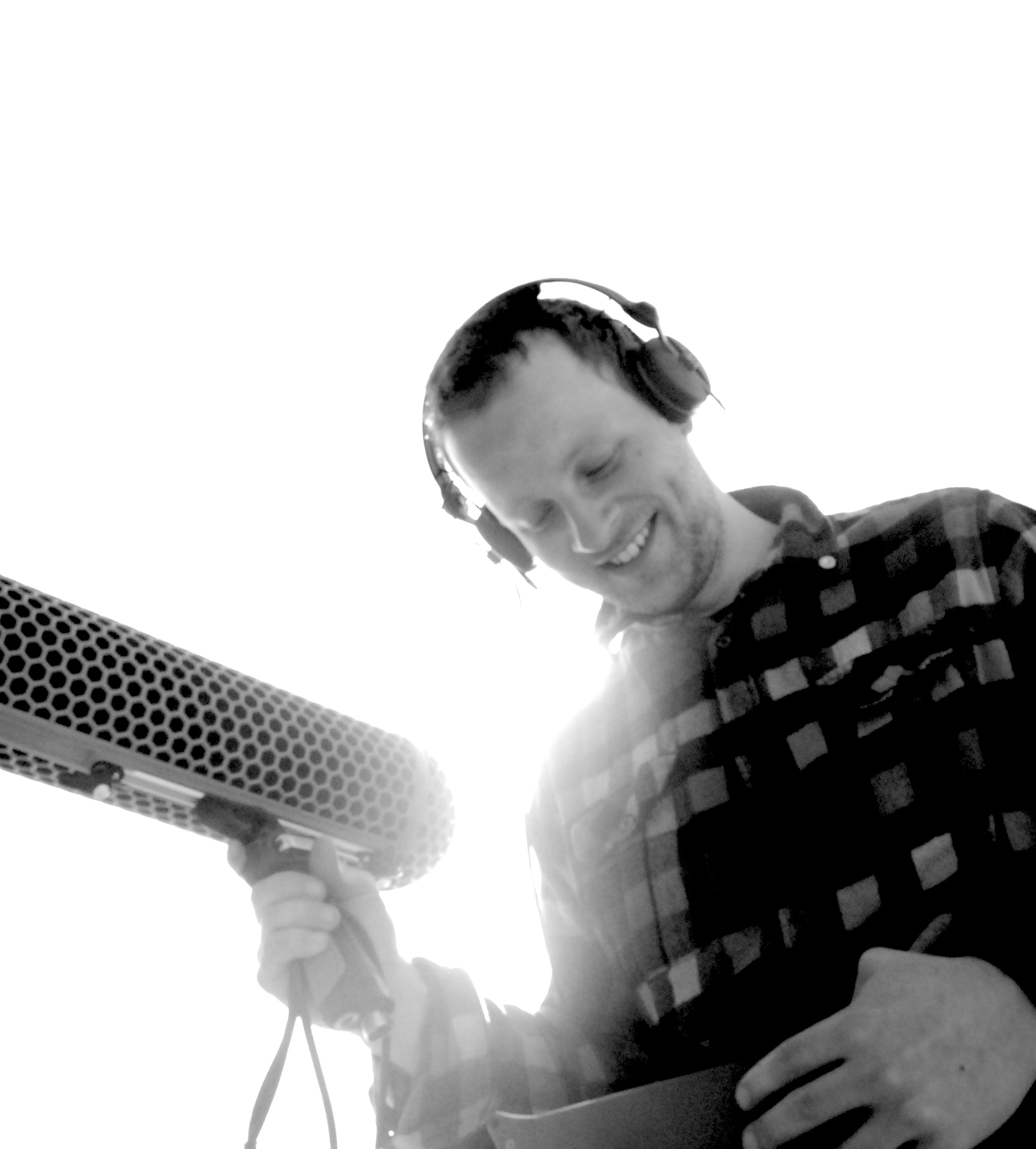ASK & DISCUSS
INDEXAny one know about Dolby for theatrical screenings?
11 years, 2 months ago - Karel Bata
I saw a dire lo-budget feature the other day, which also had apalling sound. It was in a decent cinema, and I was pretty sure it should have sounded a bit better. The poor quality was consistent throughout. So why..?
I looked for a Dolby credit at the end and didn't see one. So I'm wondering if they couldn't afford a Dolby mix and went without one, but the cinema projected with Dolby switched on (by default?).
Any one able to furnish some info on what the situation with cinemas is? Wouldn't the DCP have metadata that told the projector what to do?
I need to put a DCP together for a short for a fest by the end of the month and I'm puzzling over whether to use Dolby or not (I should ask them shouldn't I?). Someone once told me that in the olde film days some theatres would switch it off for shorts screenings, so a short using Dolby would end up sounding bad. But if it's all automated now...
Keen to learn...
Only members can post or respond to topics. LOGIN
Not a member of SP? JOIN or FIND OUT MORE
10 years, 8 months ago - Paddy Robinson-Griffin
>>A poor looking image with great sound will always "feel" to have a higher production value than a great looking image with poor sound.<<
Or, as someone once told me, "If the sound is bad, people will blame the lights" - they know something is indistinct but can't work out what, so assume it's the lighting ;-)
11 years, 2 months ago - The Post Factory
Well, the sound may not have been good to begin with. But we often find indie films have managed to achieve a decent level of sound to a stereo mix level. And that stereo mix, if you patch it straight into a DCP (which you can) can sound hollow in a 5.1 cinema if only coming out of the front left and right speakers, being very far apart in the larger venues.
So if a 5.1 mix is not available, when we make a DCP we always will feed the stereo mix through an algorithm in Protools to create a faux 5.1. This will extract the mono (centre) elements in the stereo and feed them to the centre channel. This means the dialogue will come from the centre speakers behind the screen which is the how the theatres are set up. The stereo only elements are left where they are. There are a few algorithms for this, some throw a small amount of the wide stereo into the rear surround speakers as well for a bit of depth, but I find this can be confusing and so we avoid that. This pseudo 5.1 will downmix into stereo (if that is all the venue has, which is unlikely if it is coming off a DCP) correctly.
We also then run the result through the dolby Leq-M meters to make sure the overall loudness matches what cinemas expect. You no longer need a Dolby license to make a DCP (unless your distributor insists on it, as the commercials companies sometimes do), as you do with a film print, but it is of course good practise to stick to the loudness levels expected.
A lot of indie films we see have a more TV orientated mix: fairly compressed to hot and heavy. This can be fatiguing in a cinema so we suggest remixing more dynamically, or if not possible we adjust overall to get to the right target level. Having said that, we find if you have a quiet dialogue based film, going too soft can also be a problem with some multiplexes where they have turned down their amps from the standard to stop the big action films bleeding through the walls. So you do have to venue-proof your film.
Obviously the cinema sound experience was a more consistent one when you had to mix in a Dolby certified studio. The cost of obtaining that certification though may take the studio's charges outside of a lot of indie's budgets. But there are many excellent sound mixers and studios that can deliver a quality 5.1 (or higher) mix, given time and decent sources. They just don't get enough higher budget movie work to justify the expense of certification. Another route is to do most of your prep and mix with someone who has a relationship with a Dolby house and then do the final pass mixing there.
I discuss this and a few other issues for indies making DCPs in this blog post
http://www.jamesmilnersmyth.com/prepare-project-dcp-digital-cinema-package/
Best
James
10 years, 8 months ago - Kays Alatrakchi
"It was in a decent cinema, and I was pretty sure it should have sounded a bit better."
What makes you so sure? After 20+ years in the biz, I can tell you that most indie films blow their budget in production and find themselves in post without adequate resources to get a good sound mix. To compound the problem, many producers end up hiring the lowest bidder for location sound mixer, which many times results in poor audio quality. Lastly, most indie films don't have the resources to shoot on soundstage, or carefully control their locations, which results in noisy shooting environments. It's a shame that in so many cases, sound is not taken seriously enough until it's far too late. A poor looking image with great sound will always "feel" to have a higher production value than a great looking image with poor sound.




